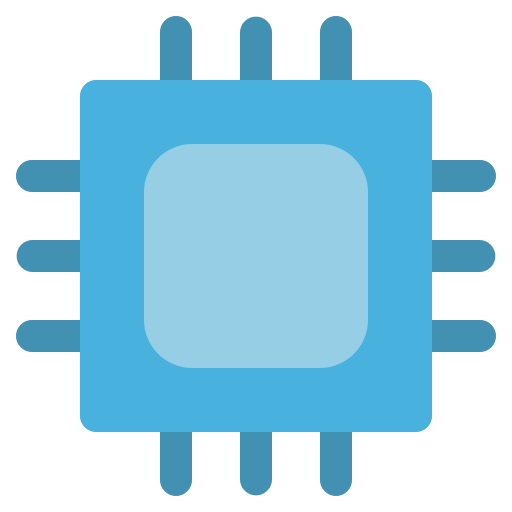

On low end CPUs you can max out the CPU before maxing out network—if you want to get fancy, you can use rsync over an unencrypted remote shell like rsh, but I would only do this if the computers were directly connected to each other by one Ethernet cable.





From https://liliputing.com/synology-backtracks-and-adds-3rd-party-hard-drive-support-to-its-2025-nas-lineup-network-attached-storage/